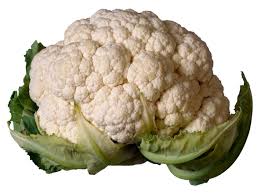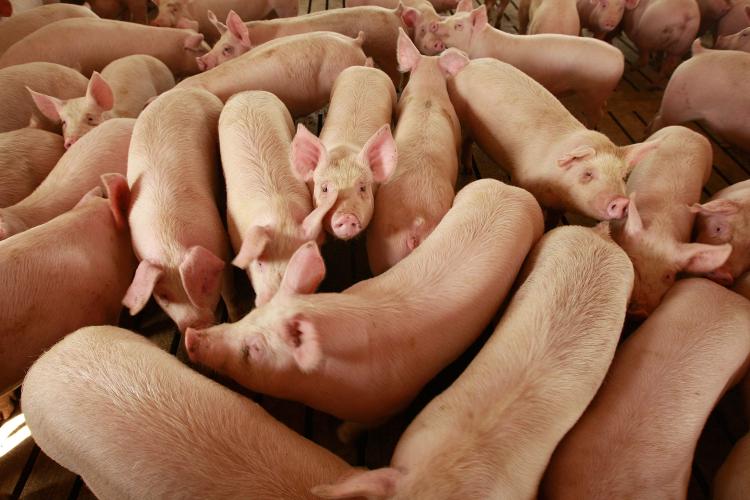I got a phone call about this story about 10 days ago while visiting family in Minnesota. I checked it out, thought there was merit, but there were many agendas at play.
The N.Y. Times apparently got the same phone call, checked it out, and is running with a story tonight about government and industry and antibiotic residues in culled dairy cattle.
It’s not clear who’s an advocate for what in these kinds of stories. Excerpts below.
Each year, U.S. inspectors find illegal levels of antibiotics in hundreds of older dairy cows bound for the slaughterhouse. Concerned that those antibiotics might also .jpg) be contaminating the milk Americans drink, the Food and Drug Administration intended to begin tests this month on the milk from farms that had repeatedly sold cows tainted by drug residue.
be contaminating the milk Americans drink, the Food and Drug Administration intended to begin tests this month on the milk from farms that had repeatedly sold cows tainted by drug residue.
But the testing plan met with fierce protest from the dairy industry, which said that it could force farmers to needlessly dump millions of gallons of milk while they waited for test results. Industry officials and state regulators said the testing program was poorly conceived and could lead to costly recalls that could be avoided with a better plan for testing.
In response, the F.D.A. postponed the testing, and now the two sides are sparring over how much danger the antibiotics pose and the best way to ensure that the drugs do not end up in the milk supply.
“What has been served up, up to this point, by Food and Drug has been potentially very damaging to innocent dairy farmers,” said John J. Wilson, a senior vice president for Dairy Farmers of America, the nation’s largest dairy cooperative. He said that that the nation’s milk was safe and that there was little reason to think that the slaughterhouse findings would be replicated in tests of the milk supply.”
But food safety advocates said that the F.D.A.’s preliminary findings raised issues about the possible overuse of antibiotics in livestock, which many fear could undermine the effectiveness of drugs to combat human illnesses.”
The F.D.A. said that it would confer with the industry before deciding how to proceed. “The agency remains committed to gathering the information necessary to address its concern with respect to this important potential public health issue,” it said in a statement.
The concerns of federal regulators stem from tests done by the Department of Agriculture on dairy cows sent to be slaughtered at meat plants. For years, those tests have found a small but persistent number of animals with drug residues, mostly antibiotics, that violate legal limits.
The tests found 788 dairy cows with residue violations in 2008, the most recent year for which data was available. That was a tiny fraction of the 2.6 million dairy .jpg) cows slaughtered that year, but regulators say the violations are warning signs because the problem persists from year to year and some of the drugs detected are not approved for use in dairy cows.
cows slaughtered that year, but regulators say the violations are warning signs because the problem persists from year to year and some of the drugs detected are not approved for use in dairy cows.
“F.D.A. is concerned that the same poor management practices which led to the meat residues may also result in drug residues in milk,” the agency said in a document explaining its plan to the industry. In the same document, the F.D.A. said it believed that the nation’s milk supply was safe.
Today, every truckload of milk is tested for four to six antibiotics that are commonly used on dairy farms. The list includes drugs like penicillin and ampicillin, which are also prescribed for people. Each year, only a small number of truckloads are found to be “hot milk,” containing trace amounts of antibiotics. In those cases, the milk is destroyed.
But dairy farmers use many more drugs that are not regularly tested for in milk. Regulators are concerned because some of those other drugs have been showing up in the slaughterhouse testing.
Federal officials have discussed expanded testing for years. But industry executives said that it was not until last month that the F.D.A. told them it was finally going to begin.
The agency said that it planned to test milk from about 900 dairy farms that had repeatedly been caught sending cows to slaughter with illegal levels of drugs in their systems.
It said it would test for about two dozen antibiotics beyond the six that are typically tested for. The testing would also look for a painkiller and anti-inflammatory drug .jpg) popular on dairy farms, called flunixin, which often shows up in the slaughterhouse testing.
popular on dairy farms, called flunixin, which often shows up in the slaughterhouse testing.
The problem, from the industry’s point of view, is the lengthy time it takes for test results.
 “Current synthetic-based, chemical-based anti-microbial agents kill bacteria indiscriminately, whether they are pathogenic or beneficial,” researcher Suresh Neethirajan said.
“Current synthetic-based, chemical-based anti-microbial agents kill bacteria indiscriminately, whether they are pathogenic or beneficial,” researcher Suresh Neethirajan said.









.jpg) be contaminating the milk Americans drink, the Food and Drug Administration intended to begin tests this month on the milk from farms that had repeatedly sold cows tainted by drug residue.
be contaminating the milk Americans drink, the Food and Drug Administration intended to begin tests this month on the milk from farms that had repeatedly sold cows tainted by drug residue. .jpg) cows slaughtered that year, but regulators say the violations are warning signs because the problem persists from year to year and some of the drugs detected are not approved for use in dairy cows.
cows slaughtered that year, but regulators say the violations are warning signs because the problem persists from year to year and some of the drugs detected are not approved for use in dairy cows.  The USA Today today and the N.Y. Times on Friday both waded into the issue in advance of House hearing on the issue on Wednesday.
The USA Today today and the N.Y. Times on Friday both waded into the issue in advance of House hearing on the issue on Wednesday. Dr. Howard Hill, a veterinarian and a director of the National Pork Producers Council,
Dr. Howard Hill, a veterinarian and a director of the National Pork Producers Council,  generations, cattle producers have worked closely with veterinarians in the careful use of antibiotics to prevent, control and treat disease.”
generations, cattle producers have worked closely with veterinarians in the careful use of antibiotics to prevent, control and treat disease.”